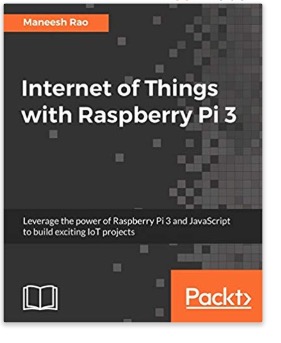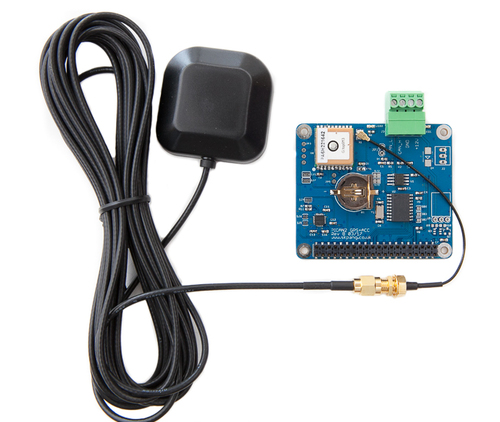Recent Posts
Exciting Internet of Things (IoT) Projects With The Raspberry Pi Using JavaScript
Posted by on
Internet of Things with Raspberry Pi 3 is intended to introduce Internet of Things (IoT) projects for the Raspberry Pi 3. It assists with creating exciting projects, such as setting up a weather station and measuring temperature and humidity using sensors; it also demonstrates how to send sensor data to cloud for visualization in real-time.
Another focus is on leveraging IoT for accomplishing complex tasks, such as facial recognition using the Raspberry Pi camera module, AWS Rekognition, and the AWS S3 service. Furthermore, security projects include building a security surveillance system to protect premises from intruders using Raspberry Pi, a camera, motion sensors, and AWS Cloud.
There is also a real-world project building a Wi-Fi–controlled robot car with Raspberry Pi using a motor driver circuit, DC motor, and a web application.
This book is a must-have as it provides a practical overview of IoT's existing architectures, communication protocols, and security threats at the software and hardware levels―security being the most critical aspect of IoT.
PiCAN with GPS - Gyro - Accelerometer CAN-Bus Board With SMPS for Raspberry Pi 3
The PiCAN GPS board provides CAN-Bus and GPS capability for the Raspberry Pi. It uses the Microchip MCP2515 CAN controller. CAN connections are made via 4 way screw terminal plugs. The GPS is provided by a 66-channels MTK3339 chipset module. An onboard battery holder exists for a CR1225 cell. The backup power is for the real time clock and helps reduce startup times. The GPS module has a built-in patch antenna but an external active antenna can also be used via uFL connector.
The MPU-6050 provides six axis gyro and accelerometer with an onboard Digital Motion Processor (DMPTM) capable of processing complex 9-axis MotionFusion algorithms. It does away with the cross-axis alignment problems that can creep up on discrete parts.
There is an easy-to-install SocketCAN driver, and programming can be accomplished using C or Python.
The Switch mode power supply (SMPS) allows connecting an input voltage range of 6 VDC to 30 VDC suitable for industrial and automotive applications and environments.
 Loading... Please wait...
Loading... Please wait...


